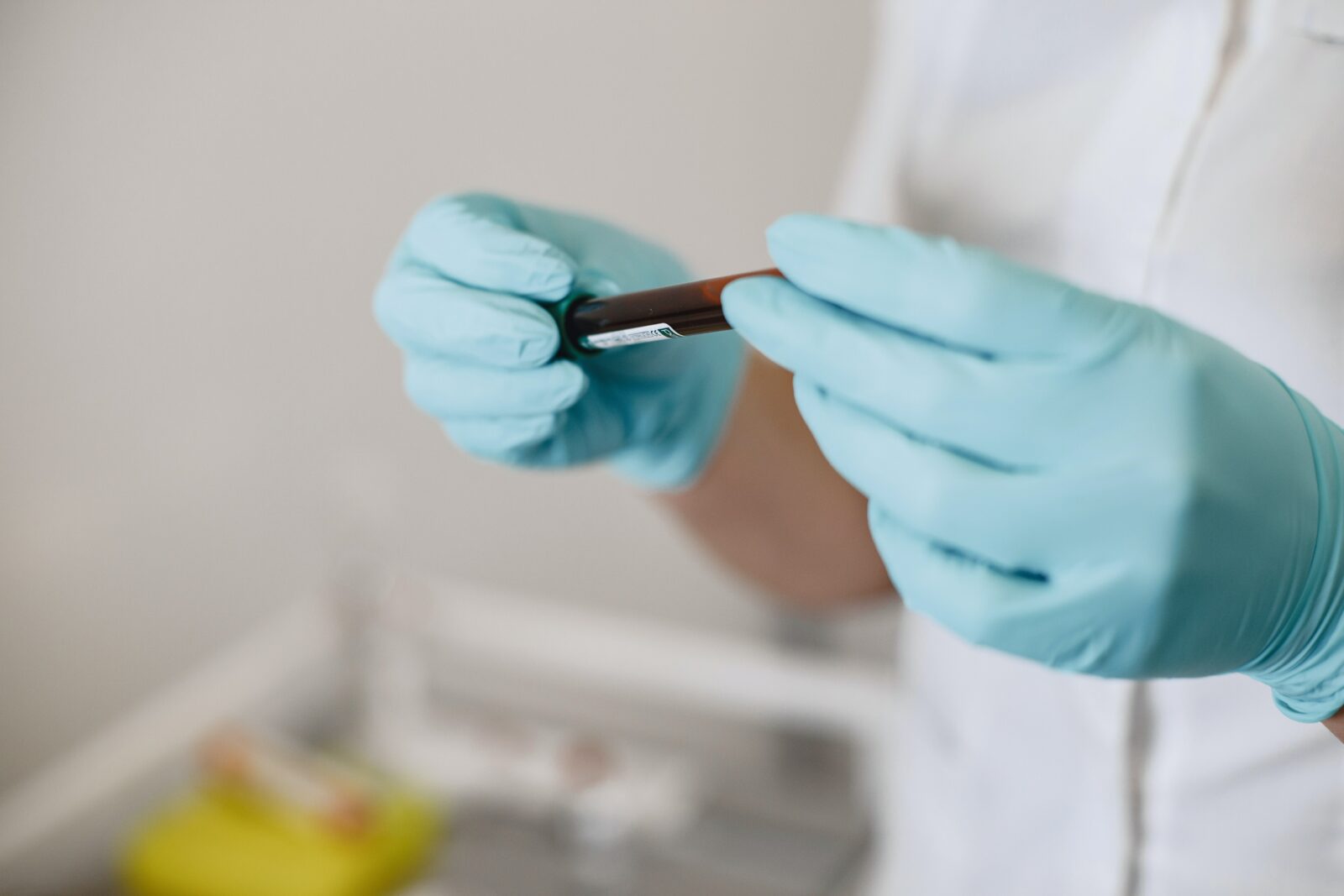
Conventional Western medicine has long used methylene blue to treat urinary tract infections, lower excess hemoglobin, and treat cyanide poisoning. However, scientists are investigating a multitude of other practical applications for this compound. Current research suggests that methylene blue may offer many more health benefits like improving cognition and mitochondrial health.
This is part 1 of a 6-part series on methylene blue.
What is methylene blue?
Methylthioninium chloride is a compound of very dark blue-green crystals with a bit of a bronze glow to them. It is soluble in both water and alcohol, which increases its potential as a broad health therapeutic.
Heinrich Caro formulated the first methylene blue in 1876. It was the first completely synthetic drug produced. Doctors first used it to treat malaria, and it was used extensively in WWII as an antimalarial. Unfortunately, it fell out of favor once the soldiers discovered that it turned their urine blue. In fact, the compound may also turn the sclera of the eyes blue as well.
This side effect made methylene blue popular as a psychiatric treatment. Doctors used it to determine if psychiatric patients adhered to their drug treatments. Clinical effects were soon noticed in those psychiatric patients taking methylene blue, sparking interest in the drug’s antidepressant and psychotropic potential.
Unlock this free article
To continue reading this article please register with your email
Be your own best doctor with our comprehensive suite of online health coaching tools.
